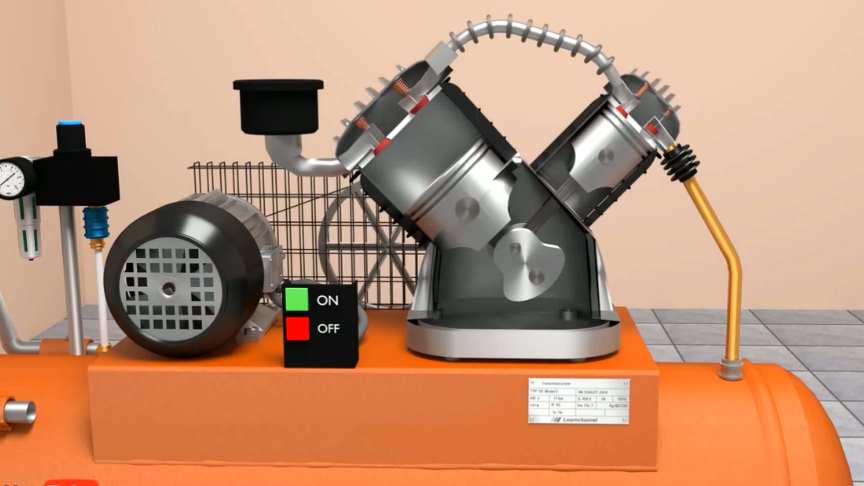In our other blog post, we touched a little bit on ERP and Odoo, and mentioned how Odoo REST APIs integrate with third-party applications. Let’s delve a bit deeper into Odoo REST APIs for those who would like to know more.
The following is from Odoo official website:
Odoo is a suite of open source business apps that cover all your company needs: CRM, eCommerce, accounting, inventory, point of sale, project management, etc. Odoo’s unique value proposition is to be at the same time very easy to use and fully integrated
Then, what are REST APIs for? Information systems – either internal to a business or belonging to a third-party – talk to one another to perform various tasks. REST APIs help Odoo to connect to other systems – both internal as well as to systems outside the Odoo eco-system – in order to exchange data.
REST stands for REpresentational State Transfer. API stands for Application Programming Interface. The REST APIs conform to the constraints of REST architectural style, and use HTTP for communication. An API is a programming interface that two systems use to exchange information. APIs are also referred to as endpoints. REST APIs can be developed using any programming language. They facilitate systems to send requests and receive responses to their requests. The responses can be in XML or JSON formats.
Odoo REST APIs allow systems outside Odoo to securely fetch, create, update, and delete data residing in Odoo. These APIs can be used to automatically share changed data across systems in a low latency, scalable, secure, and low-cost manner.
Odoo REST APIs use controllers to direct a request to a particular method in Odoo system. Controllers can be created in Odoo and seamlessly adapted into the Odoo ecosystem.
REST APIs can enable users to perform the following in an Odoo system:
- Create, retrieve, update, or even delete records from the backend Odoo database.
- Search database records easily.
- Get table schemas and other metadata.
- Trigger Odoo actions.
- Secure the communication via security keys.
- Impose access control by assigning differing access rights to multiple API keys.
- Get information about access rights.
REST APIs give businesses a means to connect and integrate different systems for smooth flow of data across systems.




